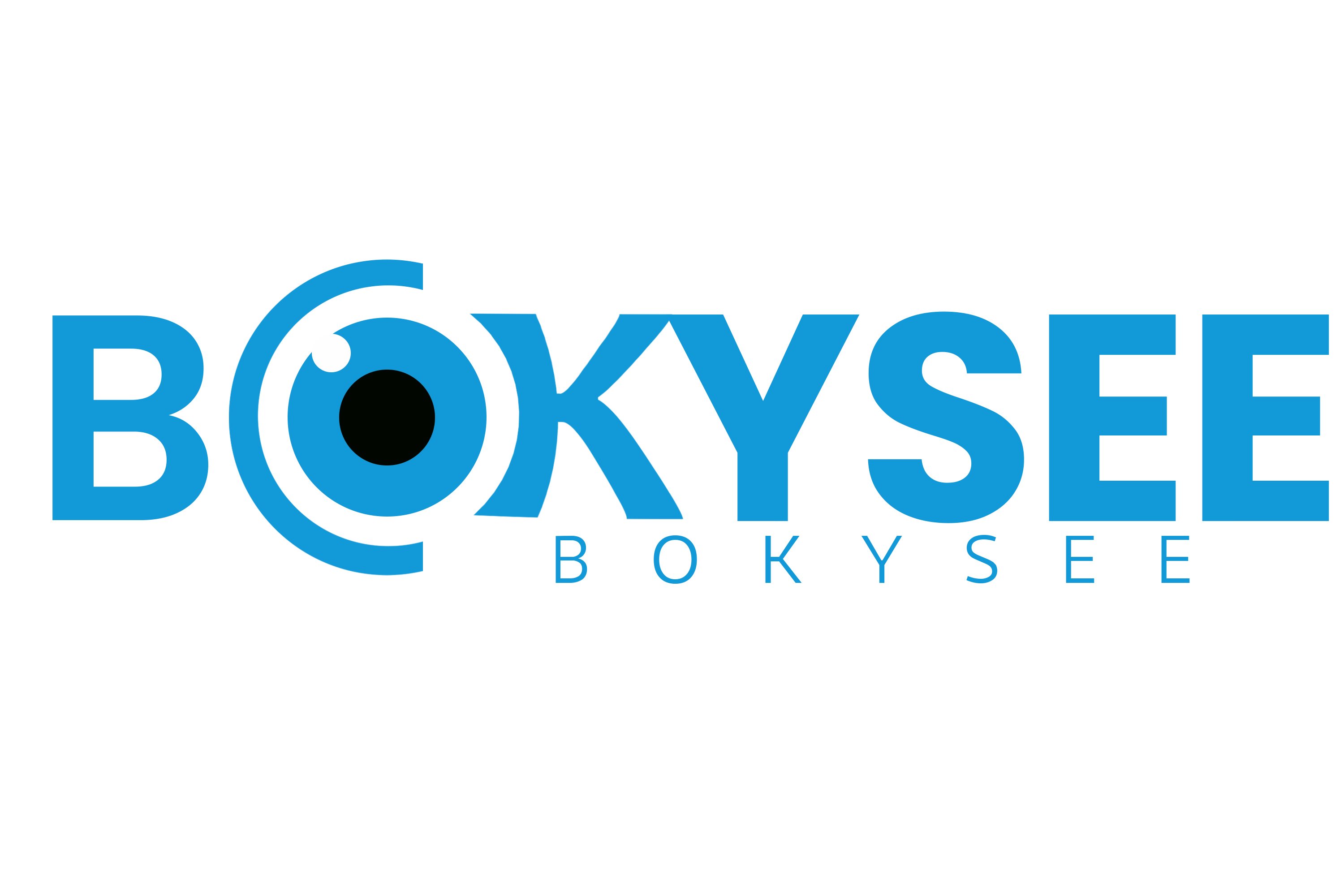How Far Can Security Cameras See?
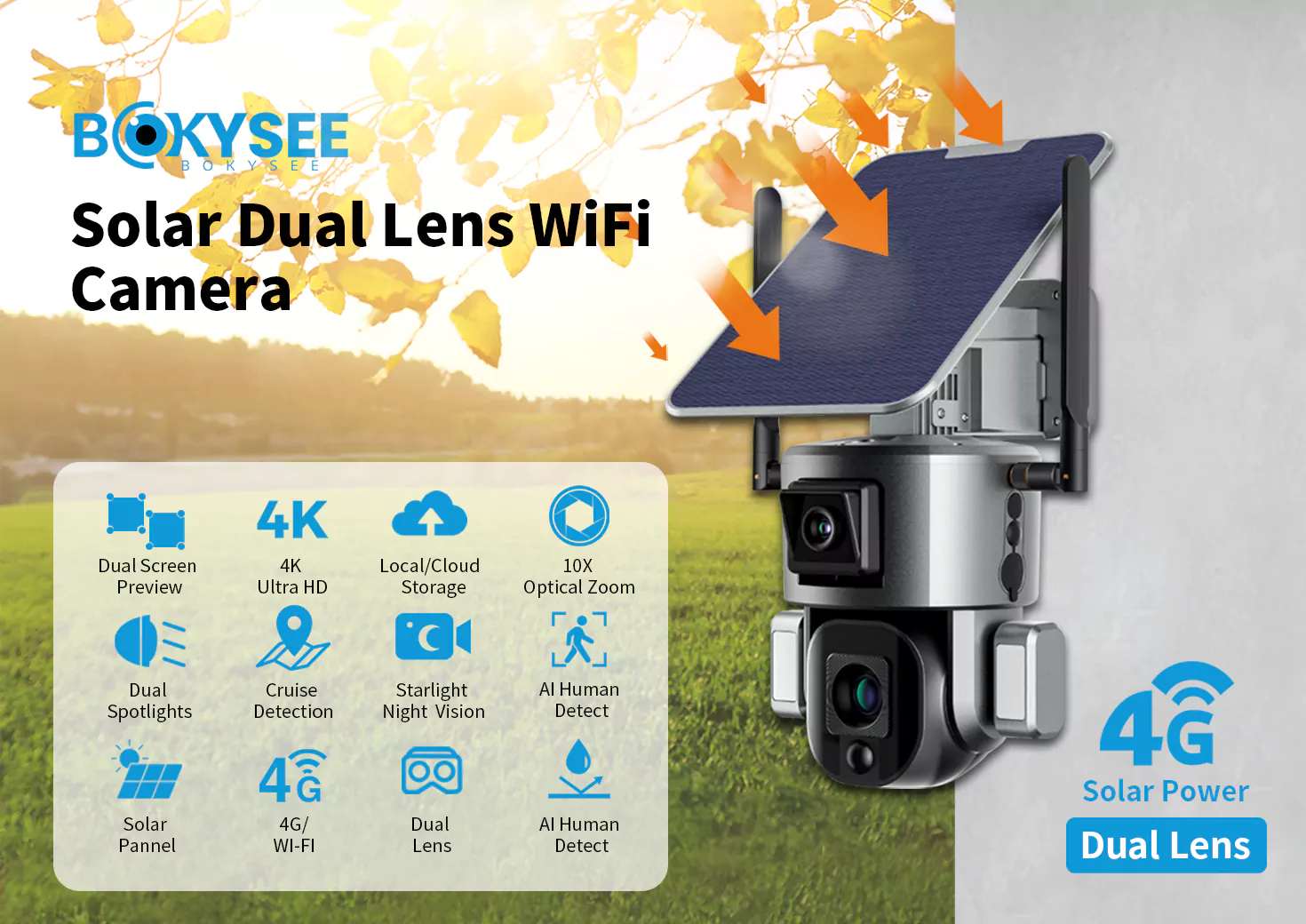
When considering Video Surveillance' capabilities, it is crucial to grasp the range they offer. Understanding how far a video surveillance system can see plays a pivotal role in effective surveillance. Various factors influence this range, such as camera resolution, lens focal length, and lighting conditions. By delving into these aspects, you can optimize your CCTV security cameras measures and make informed decisions regarding your surveillance needs.
Factors Affecting the Range of Security Cameras
Security Camera System Resolution
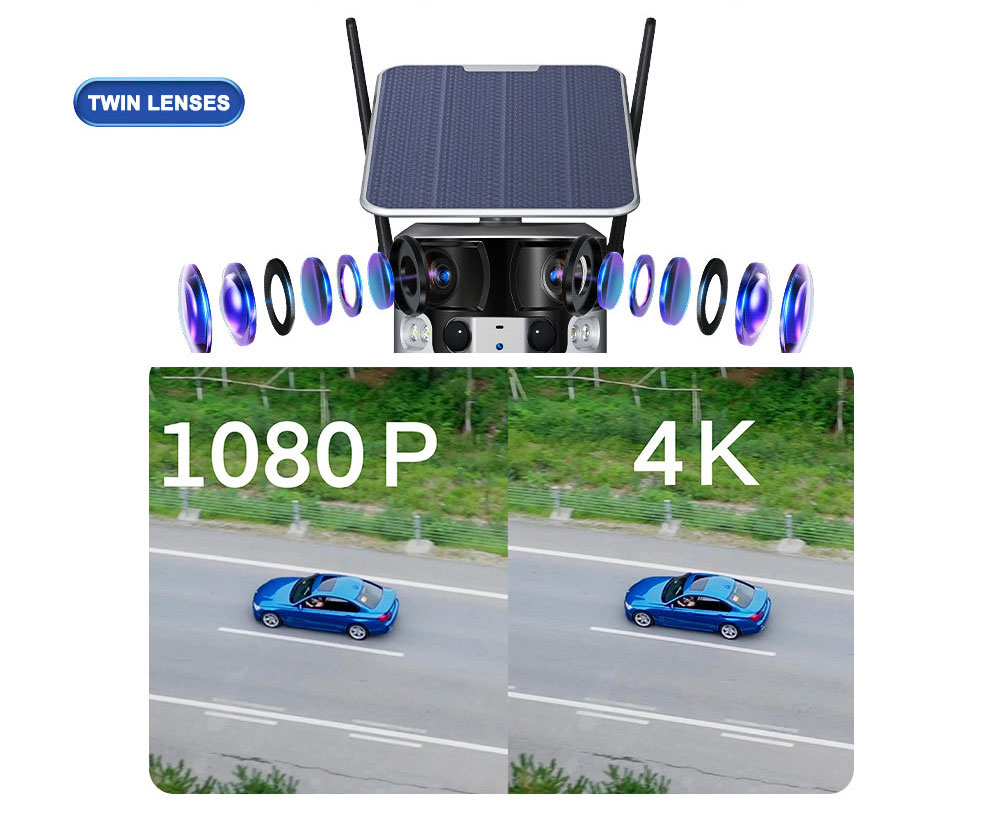
Video security Camera resolution and quality play a significant role in determining the range of security cameras. Resolution is a crucial factor as it determines how clear and detailed the image will be. It is measured in pixels, with options like 720p, 1080p, 4MP, 5MP, and even 8MP (4K) available in security cameras. The higher the resolution, the more clarity and detail the image will have.
4K Security Cameras: 4K image sensor allows for amazing zooming capabilities. Bokysee (Wired, POE) with a 4K image sensor and Full Color Night Vision for crisp, life-like videos.
In addition, high-resolution night vision security cameras are essential for producing clear images in low light conditions, nighttime scenarios, or long distances. This feature is particularly important for outdoor surveillance. While a 720p camera may be sufficient for most households, businesses may benefit from higher resolution options for enhanced security coverage.
Video Surveillance Cameras Lens: focal length
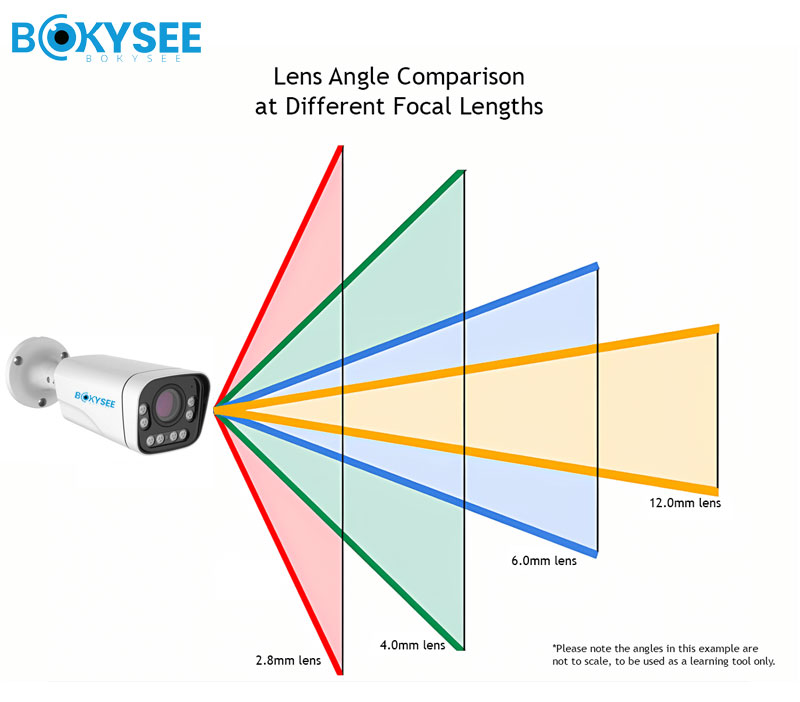
The focal length of a security camera lens, which is commonly measured in millimeters, plays a crucial role in determining the field of view and zoom capabilities of the camera. The available lens options, such as 2.8mm, 3.6mm, 4mm, 6mm, 2.8-12mm Lens, 5-50mm lens, etc., each offer different levels of zoom and field of view.
Moreover, the lens aperture significantly impacts the camera’s performance, especially in low light conditions. The aperture acts as an opening that allows light to pass through the lens and onto the camera sensor. A larger aperture size means more light can enter the camera, resulting in brighter and clearer images. This is particularly important for night vision cameras, as a larger aperture helps capture more light in dark environments, enhancing the camera’s ability to produce high-quality images in low light situations.
Home Security LED Board: Infrared(IR) LED or Array LED

Infrared LED and Infrared LED Array are the devices that can emit active infrared rays.
The main difference between the two is that Infrared LED Array has a wider emitting angle, reaching up to 180 degrees, compared to the traditional narrow angle of typically 40-50 degrees for Infrared LED. This wider emitting angle allows Infrared LED Array cameras to cover the whole surveillance area in darkness, ensuring that the camera can see the entire area at night.
Moreover, Infrared LED Array offers higher brightness compared to traditional Infrared LED. With an output power of 1-30W, the brightness of Infrared LED Array is about several hundred times that of conventional single Infrared LED (~15mW). This increased brightness enables the Infrared LED Array camera’s night vision to reach much further distances.
Furthermore, Array LED can support Dual Light Full Color Night Vision, providing additional clarity and detail in low light conditions.
Business Secuirty Camera Systems Lighting Conditions
Lighting conditions can greatly affect the range of security cameras, especially for night vision.
In low-light conditions, night vision cameras may struggle to capture clear images, resulting in blurry or dark footage.
Poor lighting can limit the camera’s range of view, making it difficult to identify any details.
Ensuring that there is adequate lighting can significantly improve the performance of night vision cameras.
Proper lighting allows night vision cameras to capture more details, providing increased security coverage.
Make sure not to install night vision cameras at places where there is too much direct and strong light as they can blind the lens and result in a washout.
Home Security Camera Location
Location is key to maximizing security camera range and effectiveness.
Place night vision cameras near entry points (side/front doors, yards) to deter crime and prevent vandalism.
Mounting height impacts the camera's range of view.
Higher mounting provides a wider angle but can result in fuzzy night images if too high.
Ensure no obstructions (trees, walls) block the camera’s line of sight for clear visibility.
Types of Security Cameras
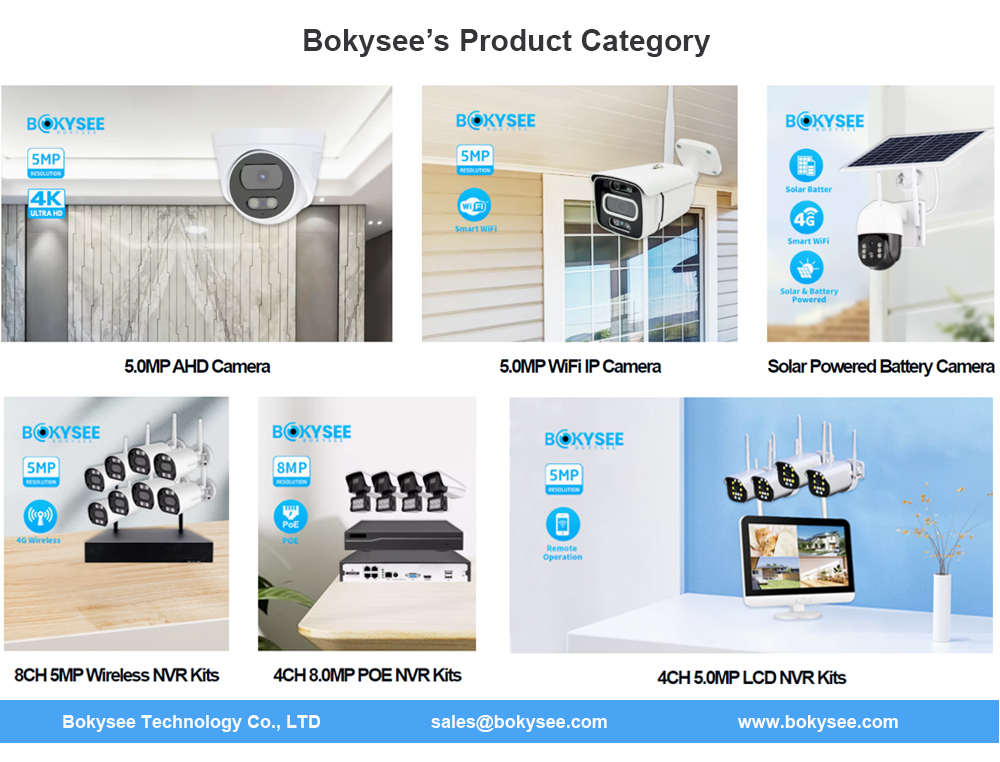
Fixed Cameras
Fixed cameras come with a variety of lens options, including 2.8mm, 3.6mm, 6mm, and 8mm lenses. Most of the indoor security camera choose fixed lens. The distance that a fixed camera can see depends on the lens it is equipped with.
A fixed camera with a 2.8mm lens typically has a wider viewing angle but may have a shorter viewing distance compared to a fixed camera with a 8mm lens, which has a narrower field of view but can see further.
In general, fixed cameras can typically see up to 70 feet to 100 feet away, depending on the lens size and resolution of the camera. It is important to consider the specific needs of your security setup when choosing a fixed camera with the appropriate lens size for your desired viewing range.
Varifocal Lens
One key feature of varifocal security cameras is their adjustable lens, typically ranging from 2.8-12mm or 5-50mm. This allows for flexibility in zooming and focusing on different areas within the camera’s viewing range.
The distance these cameras can see varies depending on the lens size and resolution of the camera. Typically, varifocal cameras have a viewing range of 70-120 feet, allowing for clear and detailed footage within this distance. However, with the ability to adjust the lens, the range can be extended further by zooming in on specific objects or areas of interest.
Overall, varifocal security cameras provide the flexibility to customize the viewing range and zoom capabilities to meet the specific needs of each surveillance area.
Pan-tilt-zoom (PTZ) cameras
When it comes to the types of security cameras, Pan-tilt-zoom (PTZ) cameras stand out for their versatility and range.
These cameras come with various optical zoom options, such as 10X, 20X, 30X, and even 36X. This means that PTZ cameras have the capability to see far distances with crisp clarity.
Depending on the specific lens zoom, PTZ cameras can effectively monitor areas up to 300 feet away or even farther.
Their ability to pan, tilt, and zoom also allows for flexible surveillance coverage, making them ideal for large outdoor spaces or areas that require detailed monitoring.
How Far Can Security Cameras See During the Day
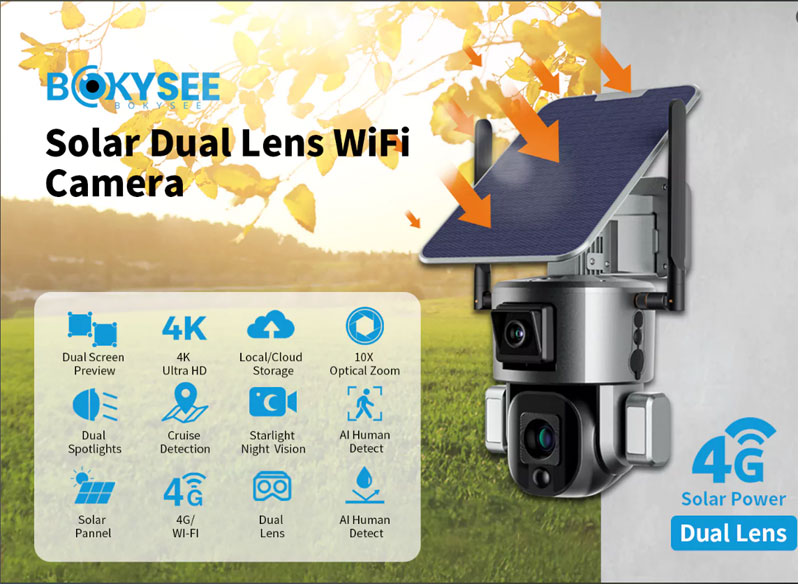
Ideal conditions for maximum range
Position your security camera strategically to achieve optimal coverage during daylight hours.
Adjust the camera's angle to capture a wide field of view, enhancing surveillance capabilities.
Ensure proper maintenance of the camera lens for clear and sharp images at longer distances.
Utilize high-quality cameras with advanced technology for extended visibility during the day.
Limitations of daylight surveillance
Recognize that bright sunlight may affect the clarity of images captured by your security camera.
Be mindful of potential glare or reflections that could obscure important details in your surveillance footage.
Consider installing shading devices to minimize the impact of direct sunlight on camera performance.
Regularly check and clean your camera lens to prevent dust or debris from hindering visibility.
How Far Can Security Cameras See at Night
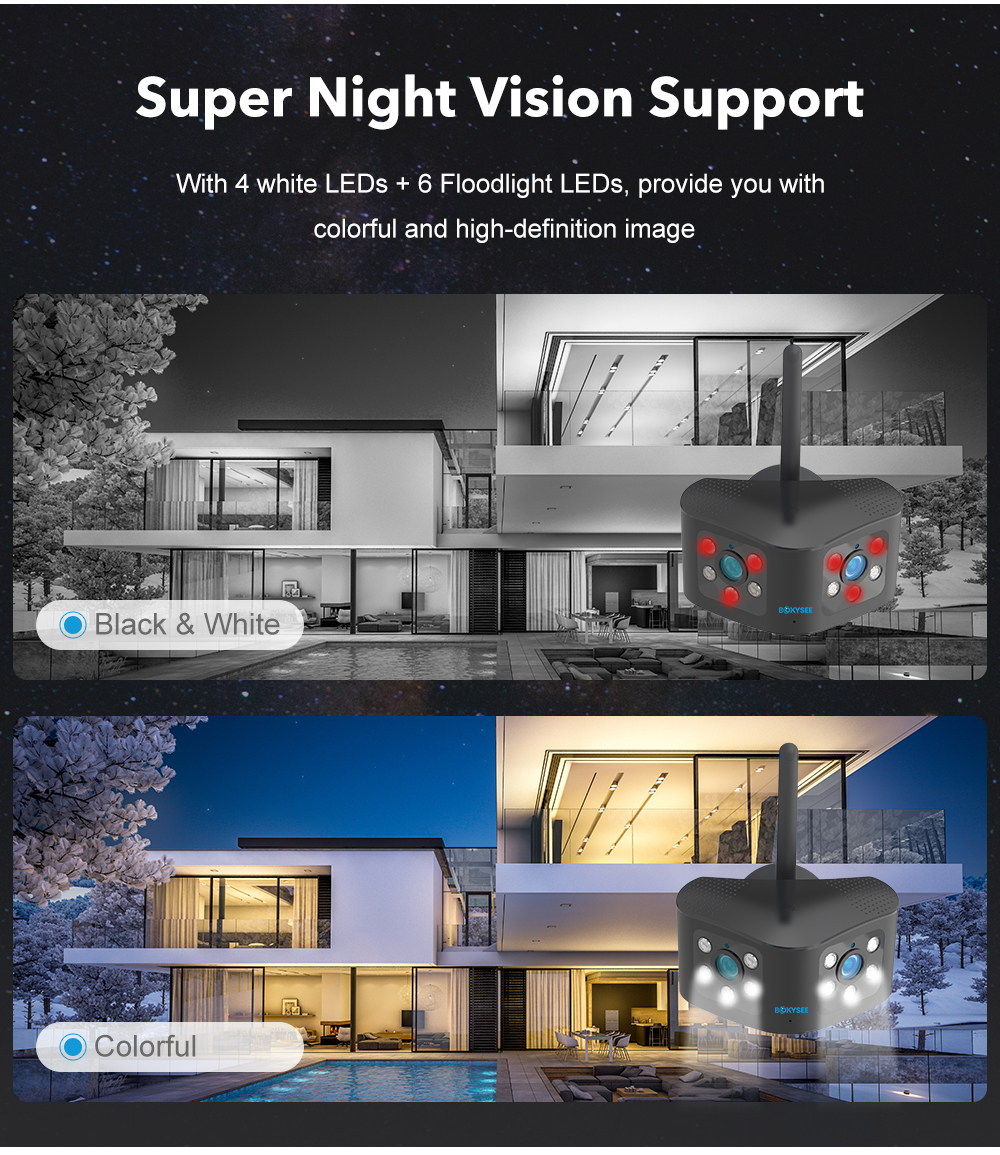
Importance of low-light and infrared capabilities
Enhance your surveillance capabilities with advanced low-light and infrared technologies for optimal night-time vision.
Utilize infrared capabilities to capture clear images in complete darkness without alerting potential intruders.
Benefit from the covert nature of infrared technology, ensuring discreet surveillance operations.
Maximum distance in night vision mode
Explore the extended range of security cameras in night vision mode to monitor areas beyond typical visibility limits.
Achieve maximum distances of up to 100 feet with high-quality cameras equipped with advanced night vision features.
Ensure comprehensive coverage of your property during nighttime hours for enhanced security measures.
Differences in range between day and night vision
Recognize the distinct advantages of day and night vision modes for surveillance applications.
While daytime monitoring offers clarity and colour accuracy, night vision excels in capturing details in low-light conditions.
Understand the varying ranges between day and night vision to optimize your security camera settings based on environmental lighting factors.
Choosing the Right Security Camera Companies
When selecting a security camera, it is essential to assess your needs based on whether you require surveillance for residential or commercial purposes. For residential settings, consider cameras that offer discreet monitoring without compromising on image quality. Opt for compact designs that blend seamlessly with your home environment. In contrast, commercial establishments may benefit from robust cameras with advanced features like remote access and high-resolution video recording capabilities.
Comparing popular brands in the market can provide valuable insights into the diverse range of security cameras available. Brands like Bokysee are renowned for their innovative technology and reliable performance. Explore the unique features offered by each brand to determine which aligns best with your surveillance requirements.
Consulting security camera companies can offer professional advice on selecting the right camera for your specific needs. Professionals can assess your property layout and recommend optimal camera placements for maximum coverage. Additionally, take advantage of installation services provided by experts to ensure seamless setup and integration of your security system.
Conclusion
Recap of Key Points
Understanding the Range: Grasping the distance a security camera can see is vital for effective surveillance measures. Factors like camera resolution, lens quality, and lighting conditions influence this range significantly.
Performance Factors: The quality of a security camera's performance is impacted by various elements such as weather conditions, location placement, and the type of camera lens used.
Future trends in security camera technology
Emerging Technologies: Stay informed about the latest advancements in security camera technology to enhance your surveillance capabilities. Explore innovations like AI integration and cloud-based monitoring systems for improved security measures.
Industry Trends: Keep abreast of industry developments to adapt your security strategies accordingly. Monitor trends in video analytics, remote access features, and wireless connectivity for optimal surveillance solutions.
Final thoughts on the importance of effective surveillance coverage
Making Informed Decisions: Empower yourself with knowledge to make informed choices when selecting security cameras. Consider factors like range, resolution, and night vision capabilities to maximize your surveillance effectiveness.
Enhancing Security: Prioritize comprehensive security coverage by investing in high-quality cameras with advanced features. Enhance your property's protection with strategic camera placements and regular maintenance for optimal performance.
To summarize, understanding the range of security cameras is crucial for effective surveillance measures. Factors like camera resolution, lens quality, and lighting conditions significantly influence the camera's performance.
Recognize the importance of grasping how far security cameras can see to enhance your property's protection effectively.
Stay informed about emerging technologies and industry trends to optimize your surveillance strategies. Explore innovations like AI integration and cloud-based monitoring systems for improved security measures.
See Also
The Future Outlook of Surveillance Cameras
Significance of High-Definition Surveillance Cameras in Security
Comprehensive 2024 CCTV Camera Installation Guide: Tips and Locations
Top CCTV Camera Brands in Demand
Benefits of Collaborating with Trustworthy Security Camera Supplier
